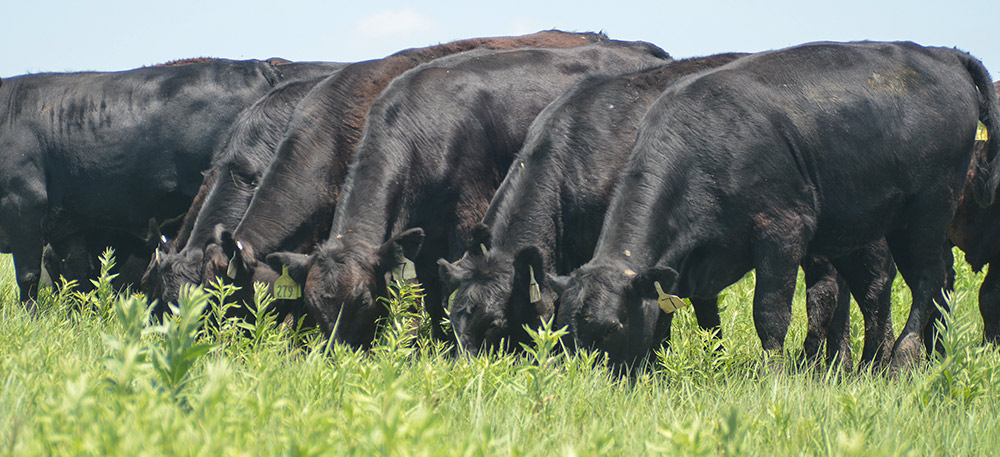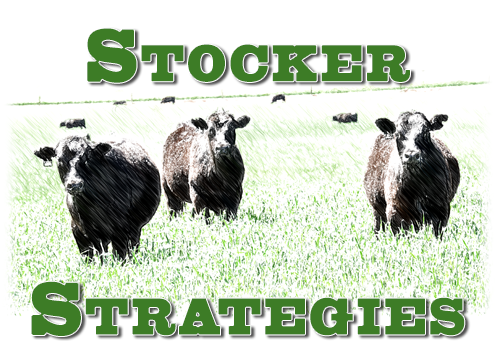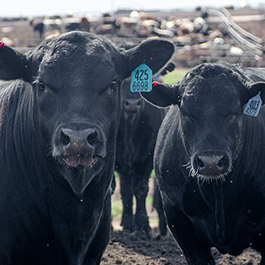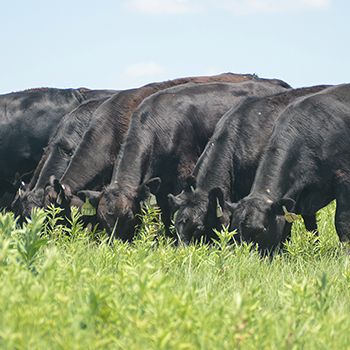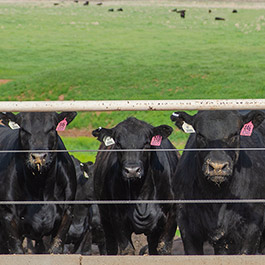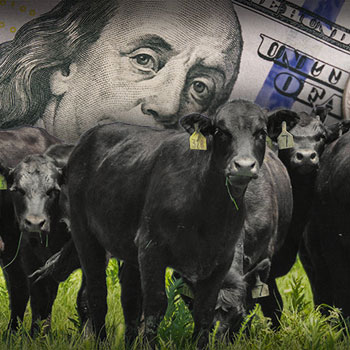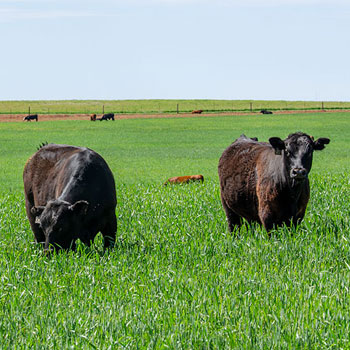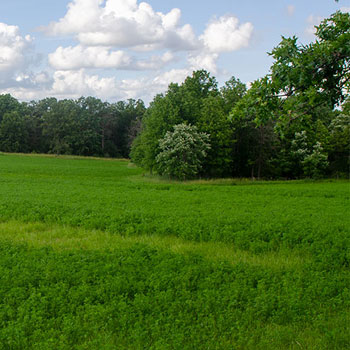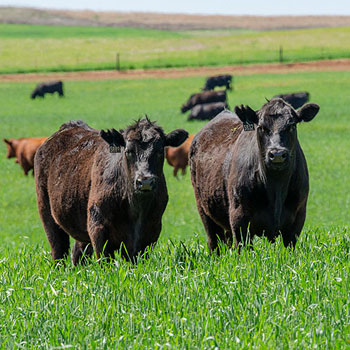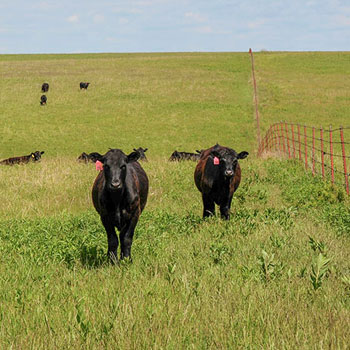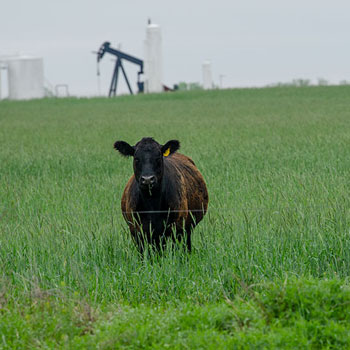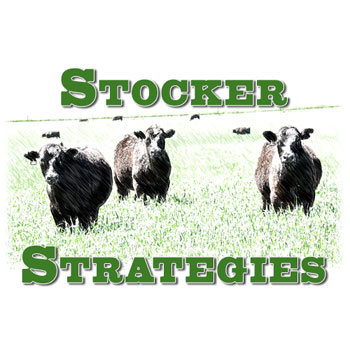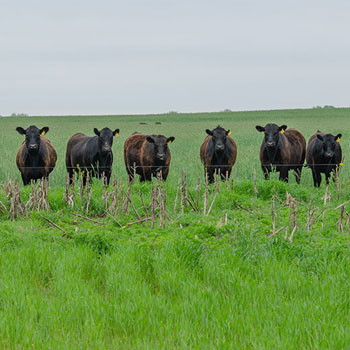Intentional Forage & Grazing Management
Think about the three P’s of grazing management.
Intentional management is premeditated, preplanned and purposeful. Hugh Aljoe believes it is their intentional management that sets the most successful managers apart from the rest of the pack. At the 2020 Cattle Industry Convention in San Antonio, Texas, Aljoe encouraged a Cattlemen’s College audience to be more intentional. He and fellow Noble Research Institute Pasture and Range Consultant Jeff Goodwin shared advice for becoming more intentional about managing a grazing enterprise.
